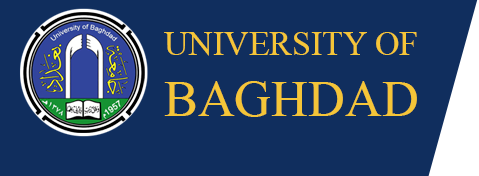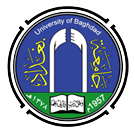Prof.Dr.Hazim Jabar Shah Ali Al-Daraji
Dr. Abduljabar Abulkareem Abduljabar /Al-Anbar University
Dr.Waleed Khalid Abdullatif Al-Hyani
Dr.Hisham Ahmed Salih AL-Mishhdan
ABSTRACT
Avian spermatozoa are characterized by the fact that they are very tiny in size in comparison with mammalia spermatozoa. Avian spermatozoa are also longer than mammalian spermatozoa and they have thin fibrous form. They are usually used in traditional research laboratories as the same stains used to determine the abnormalities of mammalian spermatozoa including the mixture of stain (Iocene and Necrocene) that are used at the same time to determine the rates of living and dead spermatozoa. By reason of diminutive size of Avian spermatozoa and their thin fibrous form, the stains are not efficient in determining different spots of these abnormalities. As a result ,it is very hard to determine these abnormalities in each part of the spermatozoa but, instead ,it is possible to determine some of these abnormalities that occurred in the spermatozoon body as a whole without determining the type of abnormality as exactly as possible. The situation is different in advanced laboratories in which Fluorescent stains are used to determine these abnormalities in Avian spermatozoa because these stains are so efficient and active in determining these abnormalities that can occur in different spots of the spermatozoa .Yet , one of the disadvantage of these stains is that they are very expensive ,and there should be used Fluorescent microscope to determine these abnormalities ..In addition to what has been discussed, these stains are banned in Iraq according to the United Nation which announced that they have double-edged use in that they can be used for nuclear reason. Some of the advanced laboratories used special developing types of microscopes to identify the abnormalities of Avian spermatozoa but these microscopes are so expensive and it is hard to be available .Thus, we took the initiative to find sixteen stains that are used for the first time in the world, they are detected as for their components and they are very efficient and they will be available for researchers and postgraduate students.

